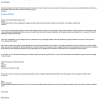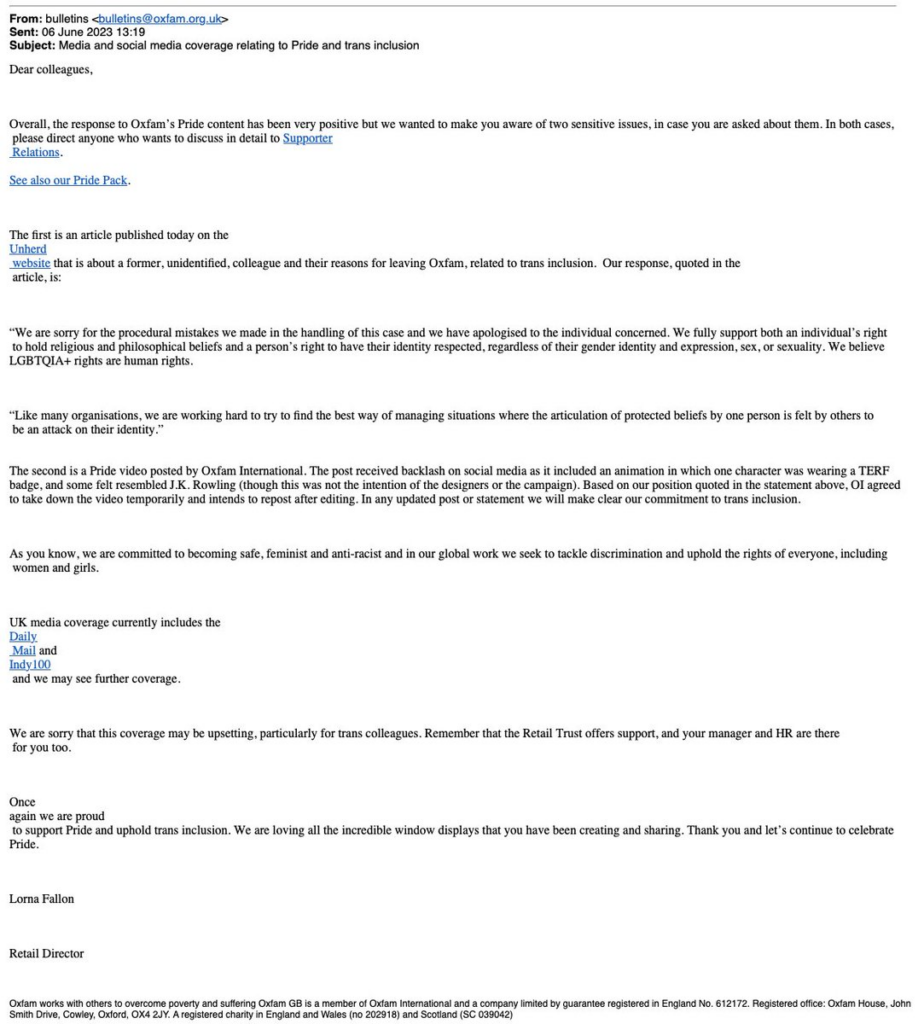What are these privileged bitches complaining about now? Being groped on crowded public transportation? Wah wah wah, big deal.
It was the morning rush hour in Tokyo. The train was packed and rocky. Takako (not her real name) was on her way to school. The 15-year-old tried to hold on to a grab bar. Suddenly, she felt a hand pressing on her behind. She thought someone had accidentally bumped into her. But the hand started to grope her.
And it went on happening, nearly every day.
Many women like Takako are targeted in public by sexual predators. In some cases, they face another violation – the attack is filmed and the videos are sold online.
Most videos follow the same pattern – a man secretly films a woman from behind and follows her on to a train. Seconds later, he sexually abuses her. The men act discreetly, and their victims can seem totally unaware. These graphic videos are then listed on the websites for sale.
So? They’re still alive aren’t they? Unlike all the trans women who kill themselves several times a day.
“Chikan” is a Japanese term describing sexual assault in public, especially groping on public transport. It also describes the offenders themselves. Chikan perpetrators typically take advantage of crowds, and the victims’ fear of causing a scene. In Japan, speaking too directly and openly may be seen as rude.
While filming oneself sexually assaulting women and girls is not? Interesting cultural quirk.
The Japanese police encourage victims and eyewitnesses to speak up, but the crime is far from being eradicated. The problem is so widespread that even the UK and Canadian governments warn travellers to Japan about it.
Chikan has been normalised by its prominence in Japan’s adult entertainment industry. One of the most popular types of pornography in the country – the Chikan genre – has spread to other Asian countries.
Publicly harassing or assaulting women in public is normalized in a lot of places. It’s almost as if women are widely viewed as inferior and subordinate.




